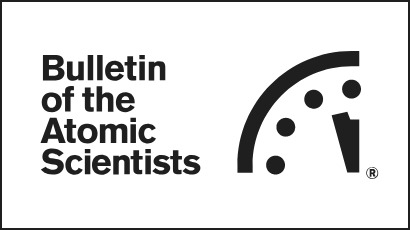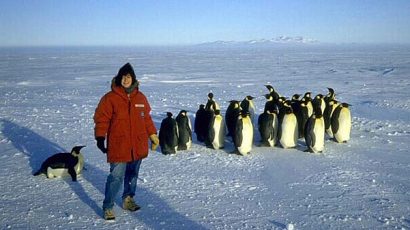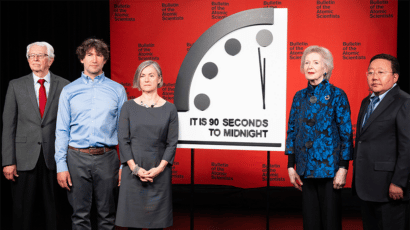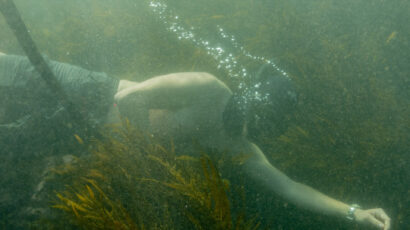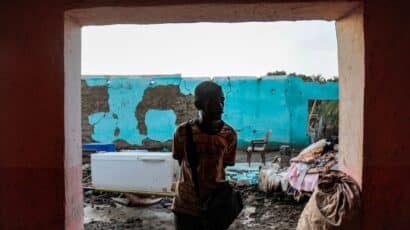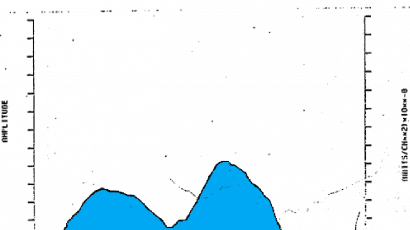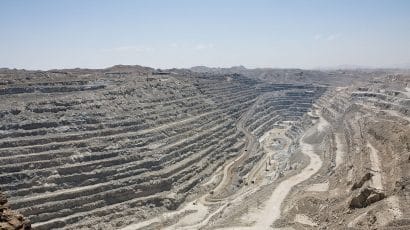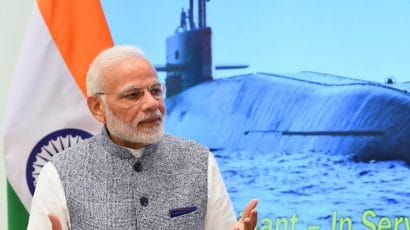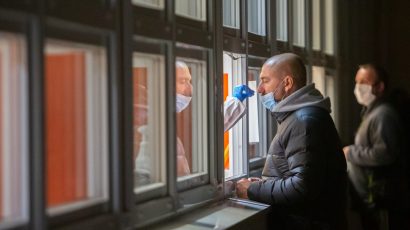By Hans M. Kristensen, Matt Korda | Jul 11, 2022
This Nuclear Notebooks examines the status of India’s nuclear arsenal, which includes approximately 160 warheads. India continues to modernize its nuclear arsenal, with at least four new weapons systems now under development to complement or replace existing nuclear-capable aircraft, land-based delivery systems, and sea-based systems. Several of these systems are nearing completion and will soon be combat-ready. India is estimated to have produced enough military plutonium for 140 to 210 nuclear warheads but has likely produced only 160. Nonetheless, additional plutonium will be required to produce warheads for missiles now under development, and India is reportedly building several new plutonium production facilities. India’s nuclear strategy, traditionally focused on Pakistan, now appears to place increased emphasis on China, and Beijing is now in range of Indian missiles.

